This post may contain affiliate links. Read more at our disclosure policy.
What happens when you marry classic Irish Beef Stew with the rich and decadent flavors of smoked Beef Short Ribs? Well, a new favorite Beef stew recipe, that’s what. Short Ribs are smoked low and slow and then simmered in a stout beer broth with vegetables which renders them fork tender and packed with incredible flavor.
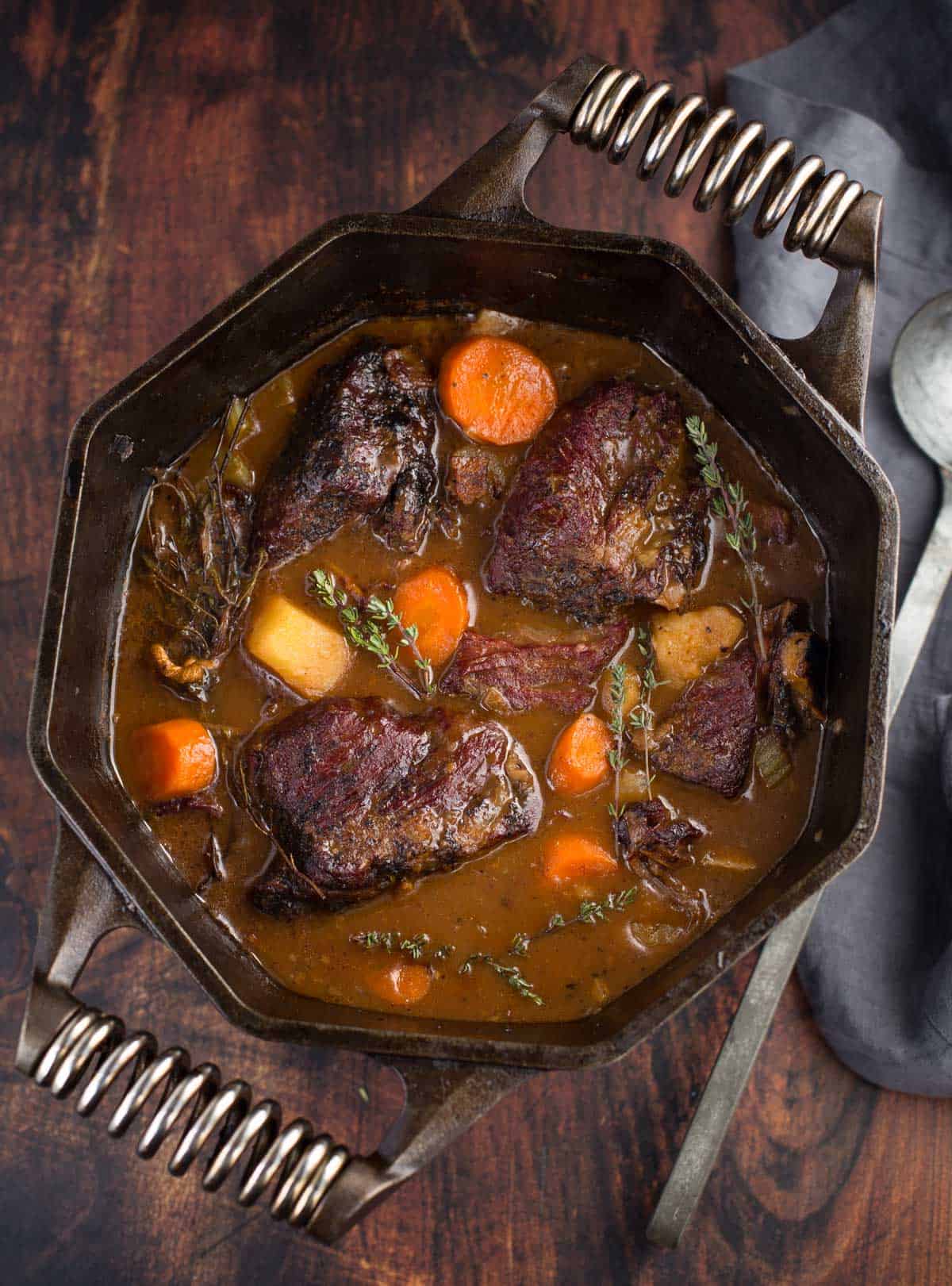
Whether you are planning your menu for St. Patrick’s Day or looking for a twist on comfort food, this recipe feeds a crowd and is easy to make (especially if you love that added smoked flavor). This recipe is sponsored by Beef. It’s What’s For Dinner. on behalf of the Beef Checkoff. All opinions are our own, and it’s one heck of a recipe.
Table of Contents
Smoked Beef Irish Stew Recipe Highlights
- Smoking the Short Ribs adds a smoky underlying flavor to a classic stew.
- Starch from the potatoes as well as flour help to thicken the stew as it simmers.
- Simmering the stew with the smoked Short Ribs helps get fork tender Short Ribs for the best texture.
What is Irish Stew?
Most regions around the world have their version of a peasant stew, or a stew that was a mix of pantry items and made with cheap cuts of meat and potatoes. This is no exception. Kinda. Traditional Irish Stew is made with mutton (lamb). But this adaptation is using Beef, Short Ribs to be specific, which is just as common and absolutely delicious.
The Beef Cut – Short Ribs
We are in love with the Short Rib cut of Beef for this Irish Stew recipe. Short Ribs come from the Plate Rib Primal cut and most commonly you will see these in the butcher counter cut up into 2 or 3 inch slices with the bone on.
The cut is very marbled and also very tough because of where it’s located on the steer. So, the best way to prepare this cut is to smoke it low and slow, much like Brisket, or to braise it. In this case, we’re doing both. When cooked correctly, the intramuscular fat renders out and you have a tender, fall apart pulled beef experience. It’s so good!
Buying and Preparing Beef Short Ribs
It’s important for this Irish Beef Stew Recipe to buy Short Ribs that are similar in size. This makes sure they all cook at the same time and cook evenly. The ribs may look skinny, but over time and with heat, the cut will shrink back from the bone and increase in size.
The other thing to look for is marbling. Many Short Ribs will have a small amount of silver skin over the top. When you shop for them, try to look for marbling in between the layers. The best butchers will remove that silver skin already.
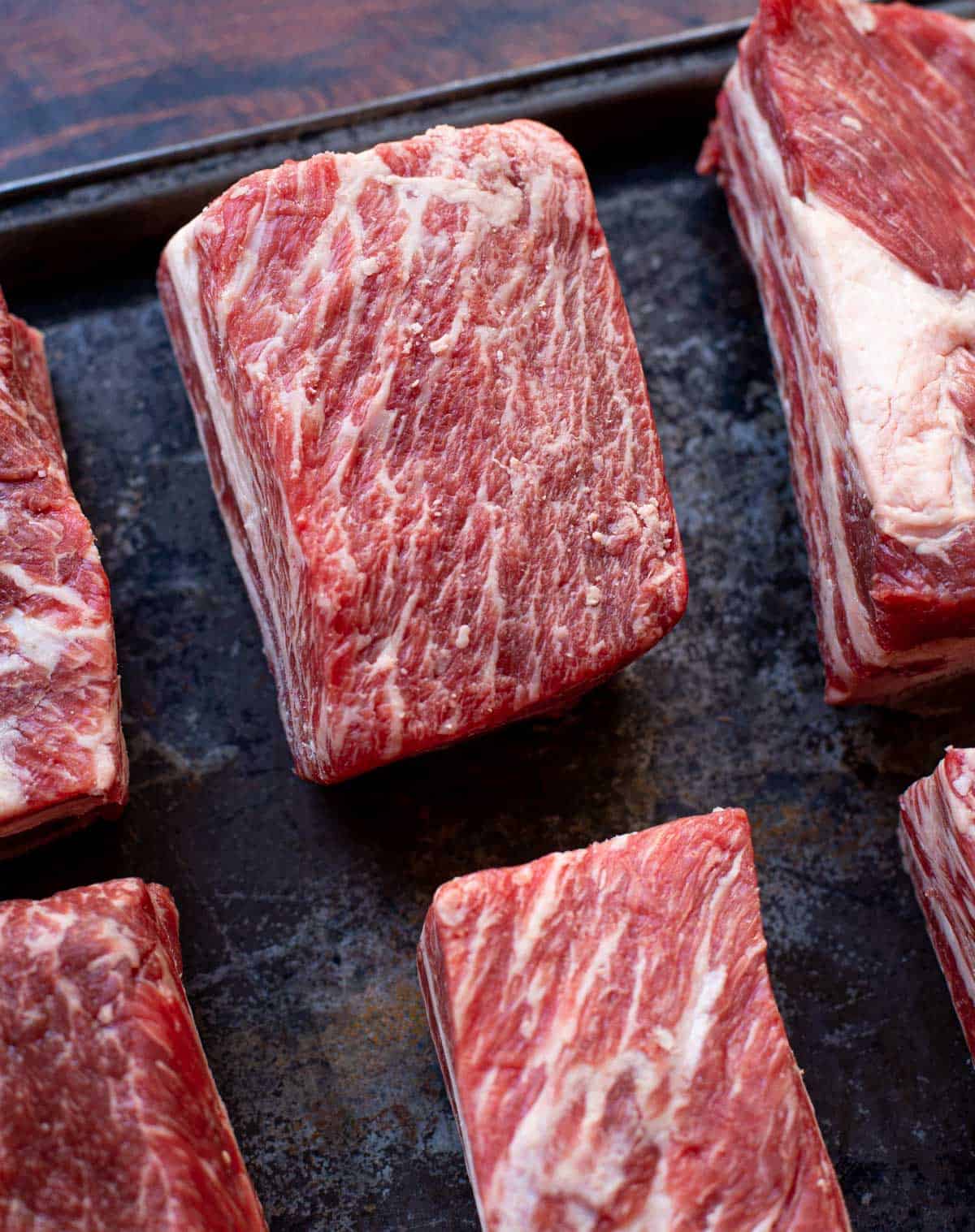
If you can’t find Short Ribs, then a great alternative is Chuck Roast that has been cut into one-inch cubes. Follow the same directions for smoking the meat and making the stew. If you haven’t had smoked Chuck, check out this piece for more information.
Additional Ingredients
After you find the perfect Short Ribs, it’s simple to find the remaining ingredients. Root vegetables are the base, and then a combination of potatoes, flour, tomato paste, and simmering helps reduce the stew and thicken the texture. Herbs and a stout dark beer add more flavor and aromatics.
- Root Vegetables – red onion, celery, carrots, garlic, and new potatoes (or yellow potatoes) are our go-to. Russets will disintegrate in the stew, so avoid using russets.
- Liquids: dark stout style beer, beef stock, Worcestershire, and tomato paste.
- Aromatics: bacon and fresh thyme.
Seasoning and Smoking
Take the trimmed Short Ribs and liberally apply our classic Beef Rub. Place the Short Ribs on the smoker for 3 hours or until the internal temperature of the Short Ribs reads 165 degrees Fahrenheit with a good instant read thermometer, like a Thermoworks Thermapen One. We tend to start on the stew when the ribs have been on for about 2 1/2 hours. Then transfer the smoked Short Ribs and place into the broth.
Would you like to save this?
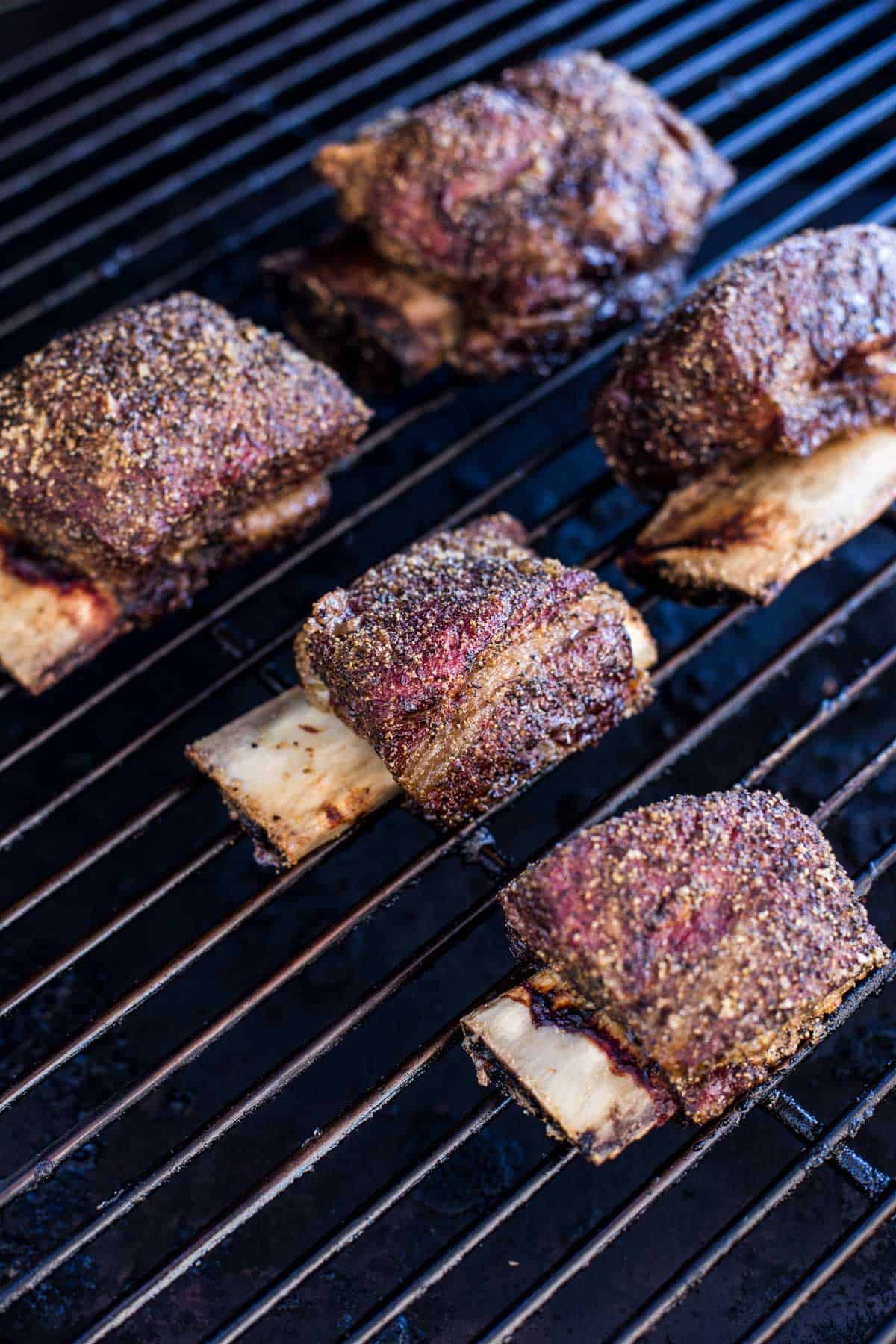
The Stew
The stew will braise the Short Ribs in a flavorful liquid. It takes about 90 minutes for the stew to simmer and finish the Short Ribs to fork tender.
- Cook Bacon: In a large Dutch oven over medium heat, add olive oil and bacon. Sauté the bacon until crispy, about 6 to 8 minutes. Remove and set aside the bacon and discard the excess bacon grease.
- Sauté Root Vegetables: In the same Dutch oven, add the onion, celery, and carrots. Stir often to soften, but not caramelize, about 10 minutes. Add potatoes and stir for 4 minutes. Next add the garlic and stir for one minute.
- Thicken: Add the flour and stir to combine with the root vegetables for 1 minute. The flour will help thicken the stew as it simmers along with the starch from the potatoes. Add the stout beer and turn the heat up to medium high to get the beer to simmer, and then simmer for 1 minute. Add the beef stock, thyme, Worcestershire, cooked bacon, salt, and pepper. Stir and bring again to a simmer.
- Add Short Ribs: The final step is adding the Short Ribs to the stew, bone side up. This allows the meaty portion of the ribs to slowly braise in the simmering stock. Cover and then simmer for 90 minutes. At that point the internal temperature of the Short Ribs should be over 200 degrees and fork tender. Turn off the heat, remove the ribs, shred meat with a fork, and place that meat back in the stew. Serve with your favorite sides.
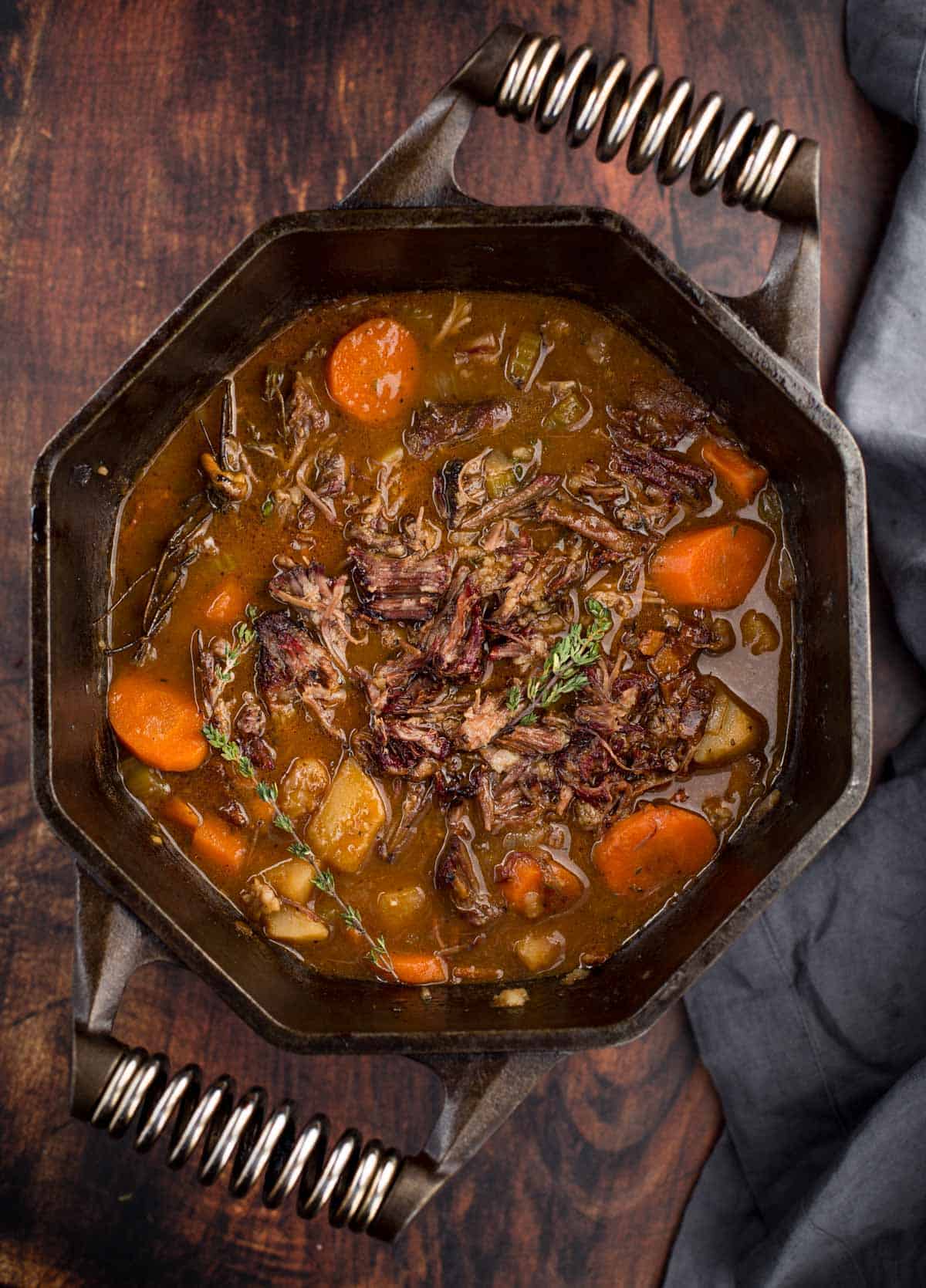
Other Beef Inspired Comfort Foods
- Smoked Beef Plate Ribs – Better than Brisket
- Brisket Chili – One of the most popular chili’s on the web
- Smoked Corn Beef Brisket
- Red Wine Braised Short Ribs
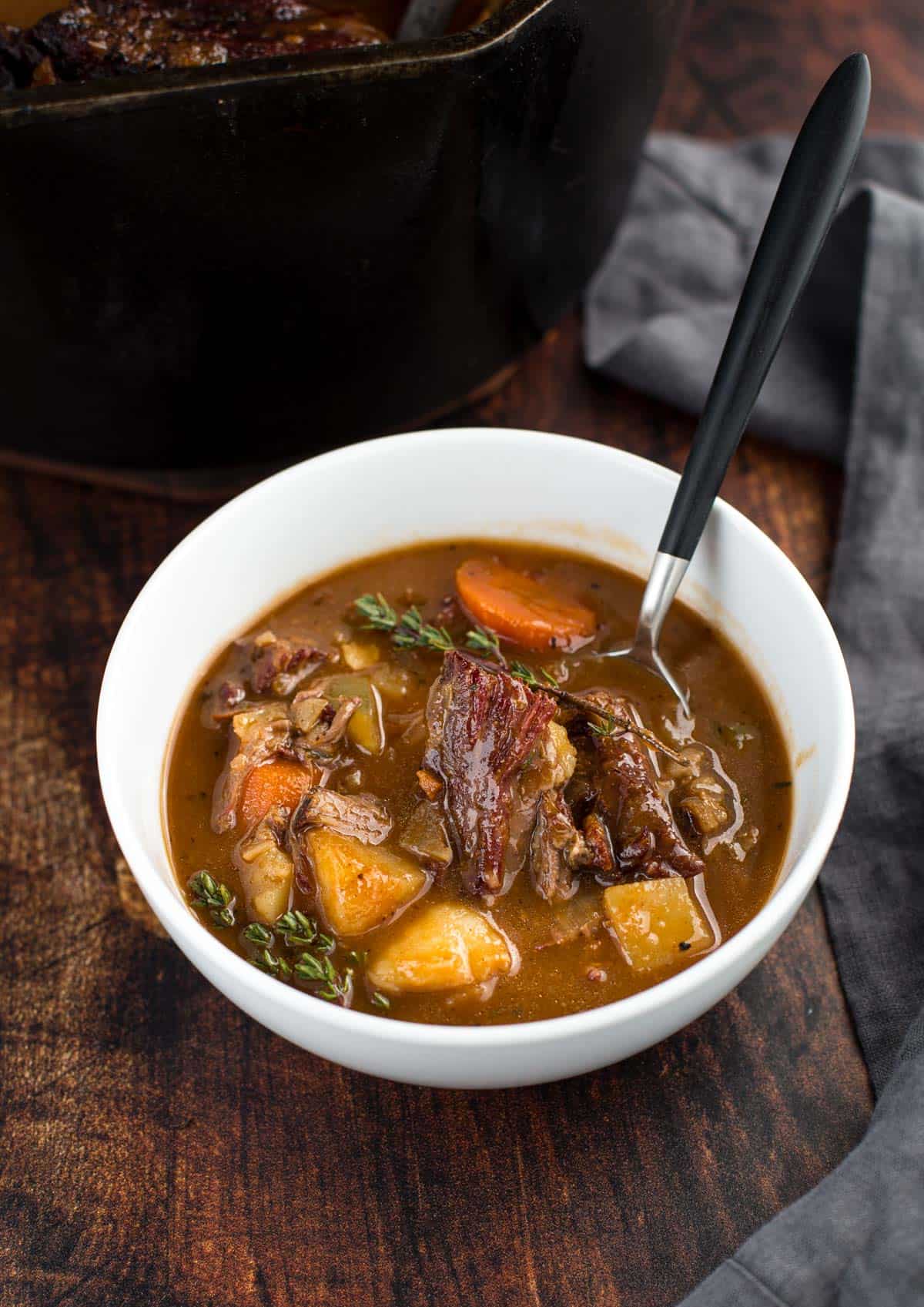
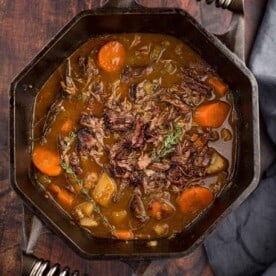
Irish Beef Stew Recipe with Smoked Short Ribs
Ingredients
For the Smoked Short Ribs:
- 2 pounds Beef Short Ribs
- ¼ cup Beef Rub
For the Irish Stew:
- 2 tablespoons extra virgin olive oil
- 3 slices thick cut bacon
- 2 cups red onion, finely diced, (about 1 medium red onion)
- 3 large carrots, skin removed and cut into a large dice
- 3 stalks celery, large dice
- 1 pound small yellow potatoes, quartered
- 4 cloves garlic, finely diced
- 1 bunch fresh thyme, (tied together with kitchen string)
- 2 tablespoons all-purpose flour, (you can sub with 1:1 gluten free flour)
- 1 cup stout dark beer, (you can sub with a gluten free lager)
- 3 cups beef stock
- 2 tablespoons tomato paste
- 2 tablespoons Worcestershire sauce
- ½ teaspoon kosher salt
- ½ teaspoon coarse black pepper
Instructions
- Preheat Smoker and Season Meat: Preheat smoker to 275 degrees Fahrenheit using fruit wood or oak. Apply the Beef Rub mix to the trimmed Short Ribs liberally.
- Smoke Short Ribs: Place Short Ribs on the smoker until they reach the internal temperature of 165 degrees Fahrenheit or about 3 hours. Consider starting the stew at the 2 ½ hour mark.
- Cook Bacon: In a large Dutch oven over medium heat, add olive oil and bacon. Sauté the bacon until crispy, about 6 to 8 minutes. Remove and set aside the bacon, and discard the excess bacon grease.
- Sauté Root Vegetables: In the same Dutch oven, add the onion, celery, and carrots. Stir often to soften, but not caramelize, about 10 minutes. Add potatoes and stir for for 4 minutes. Next add the garlic and stir for one minute.
- Thicken: Add the flour and stir to combine with the root vegetables for 1 minute. The flour will help thicken the stew as it simmers along with the starch from the potatoes. Add the stout beer and turn the heat up to medium high to get the beer to simmer, and then simmer for 1 minute. Add the beef stock, thyme, Worcestershire, cooked bacon, salt, and pepper. Stir and bring again to a simmer.
- Add Short Ribs: The final step is adding the Short Ribs to the stew. This allows the meaty portion of the ribs to slowly braise in the simmering stock. Cover and then simmer for 90 minutes. At that point the internal temperature of the Short Ribs should be over 200 degrees and fork tender. Turn off the heat, remove the ribs, shred meat with a fork, and place that meat back in the stew. Serve with your favorite sides.
Video
Nutrition
Nutrition information is automatically calculated, so should only be used as an approximation.
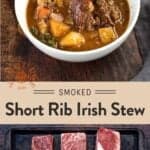
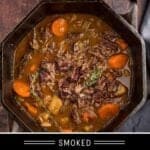
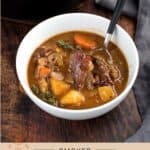
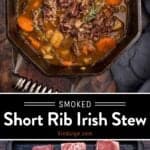

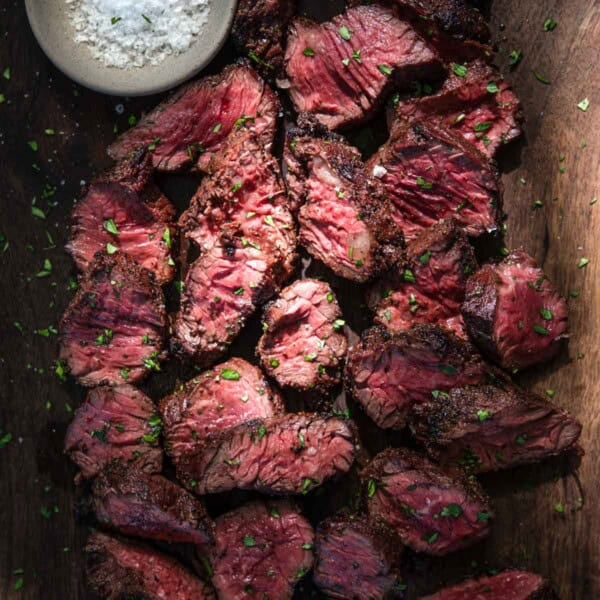

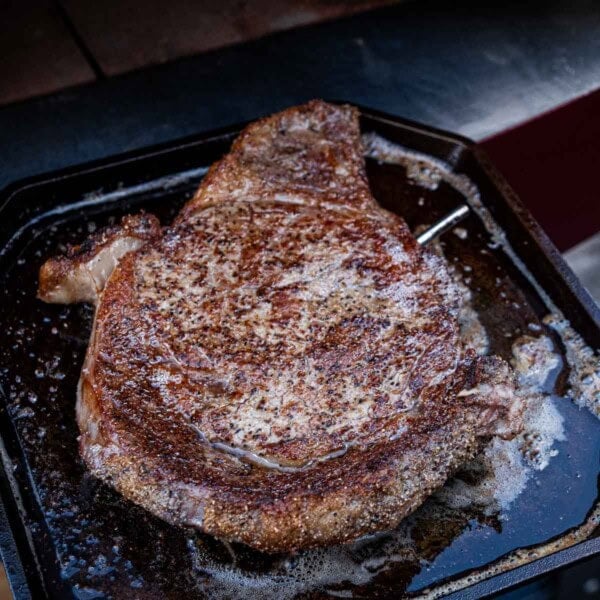
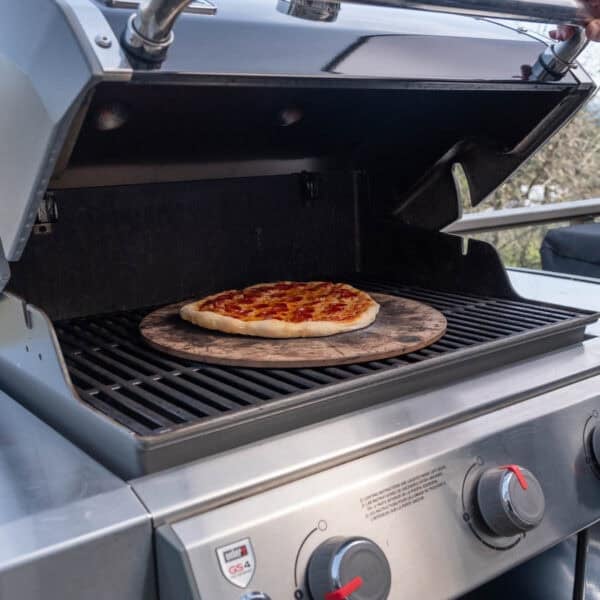

















I honestly don’t think that I will ever make stew any other way. The only regret we have is that we waited until St. Patrick’s Day to make it.
This is great to the top of our soup and stew season must haves.
Thank you so much for the feedback!!!
I’m confused by the bacon. Do you add it to the stew at some point? Thanks.
Yes, add the cooked bacon back in right before the short ribs.